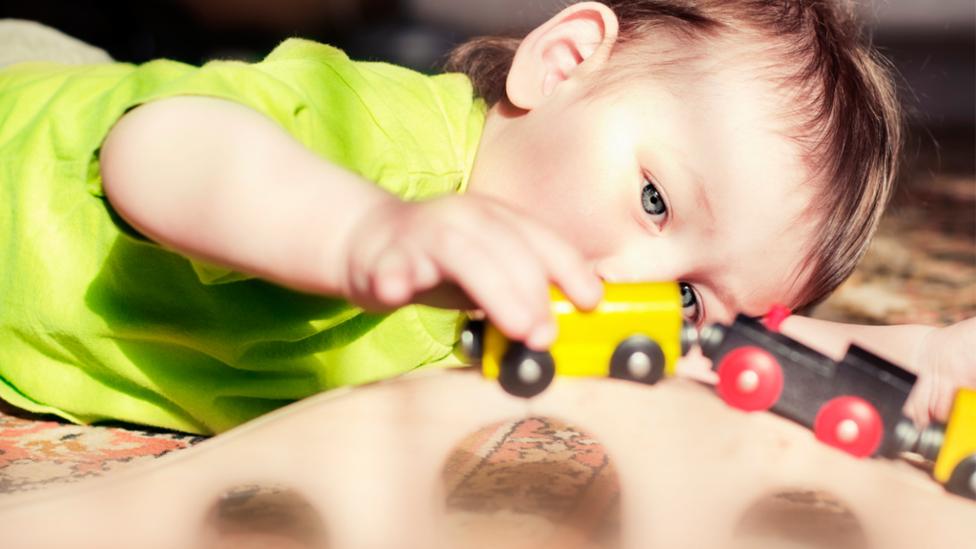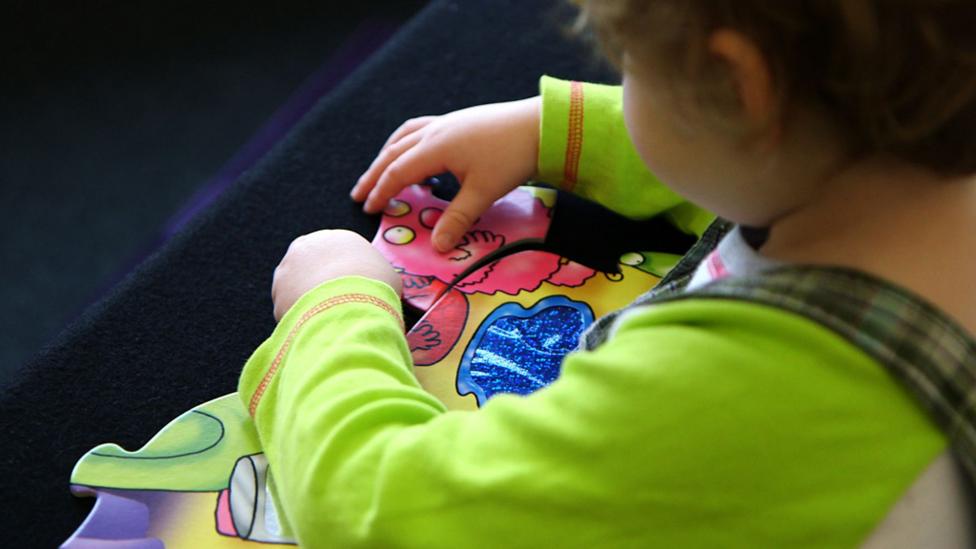Schemas: how children learn through play
Understand what's behind your child's play and help them learn by observing their patterns of behaviour or 'schemas'

Does your child love to fill handbags, tins or pots with tiny things they have found? Are they obsessed with wheels, roundabouts or rolling things? Did you know these patterns of play are examples of schemas, behaviours that children go through when they are exploring the world and trying to find out how things work?��
Each episode of of Twirlywoos is based around one of these 'schemas'.��
From birth children have particular patterns of behaviour – like sucking and grasping schemas in babies – and as children grow these schemas increase in number and complexity.
Researchers believe there are a number of different schemas; vertical (going up and down), enclosure (putting things inside other things), circular (going round and round), going over and under, going through. Others have identified other patterns that have dominated children’s play such as ‘c�DzԲԱپ��Բ�’.��
By going through these schemas, young children are equipping themselves with the knowledge and skills that lay the foundations for almost everything we do in later life, from writing to driving a car.
In this video, Professor Cathy Nutbrown, educational consultant on Twirlwoos explains what schemas are and how you can spot them
��
By watching closely and noticing the patterns of your child’s play, you can give them other activities and toys that match that schema, which will hold their interest as well as helping them with the stage of development that they are currently working through.
For example, some children like to put a collection of objects into a larger container. This might offer a clue to other things that they might enjoy and be interested in, which in turn can extend their learning and thinking.
Knowing that your child is interested in ‘e�Գ����Dz����Բ�’ (putting things inside things) could give you other ideas for their play that fit this interest: playing in tents, sorting a set of Russian Dolls, making food that has something inside (such as pies, sandwiches), or hiding in large boxes.
Children going through circular schemas may like to be spun round and round on a roundabout in the park or playground. They enjoy spinning their bodies around, they are fascinated with large wheels on big trucks, they seek out objects that are circular or have wheels.�� They might also make circular marks in their paintings or enjoy rolling out pastry or playdough.
You might notice your child becoming particularly keen on using the climbing frame, drawing vertical marks, building tall towers with bricks, looking up at aeroplanes and birds, jumping or enjoying being high up.
If you think they’re drawn to these ‘up and down’ activities, you could try: visiting a shopping centre and using the escalator and glass lifts so that a child can see and experience the movement of going up and down, playing with toy parachutes, or rolling a ball down a slope.��

Children are drawn to toys and games that help them develop essential skills for life
By matching the learning opportunities they are given at home and in a group setting, parents and early years practitioners have a greater chance of sharing a child’s interest and further developing their learning because what is being offered is more likely to be ‘in-tune’ with the child’s pattern of development.
Much of young children’s learning is physical, it involves much moving around: jumping, twirling, hiding, rolling; healthy, happy children move most of the time. And this movement supports the development of their minds as well as their bodies.
For example, several schemas (vertical, enclosure, going over, under and through) involve children in making movements, and later marks, that include all the marks needed to write conventionally recognised letters found in multiple languages around the world. So the early development of schemas through children’s physical movement provides an essential underpinning for eventually beginning to write.��
Based on ideas by Professor Cathy Nutbrown, Head of School, The School of Education, The University of Sheffield. Professor Nutbrown was the educational consultant on CBeebies' new series, Twirlywoos.